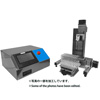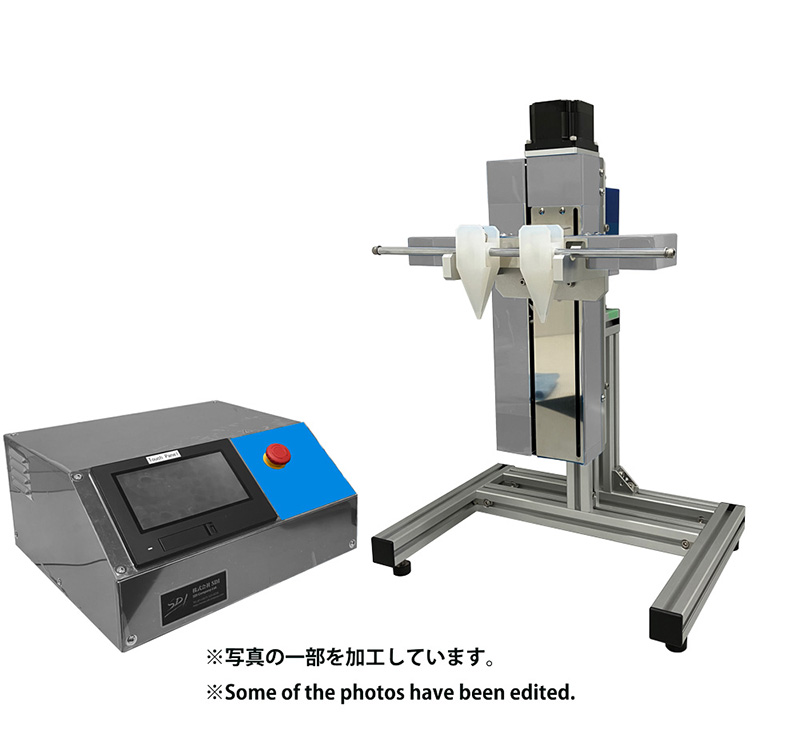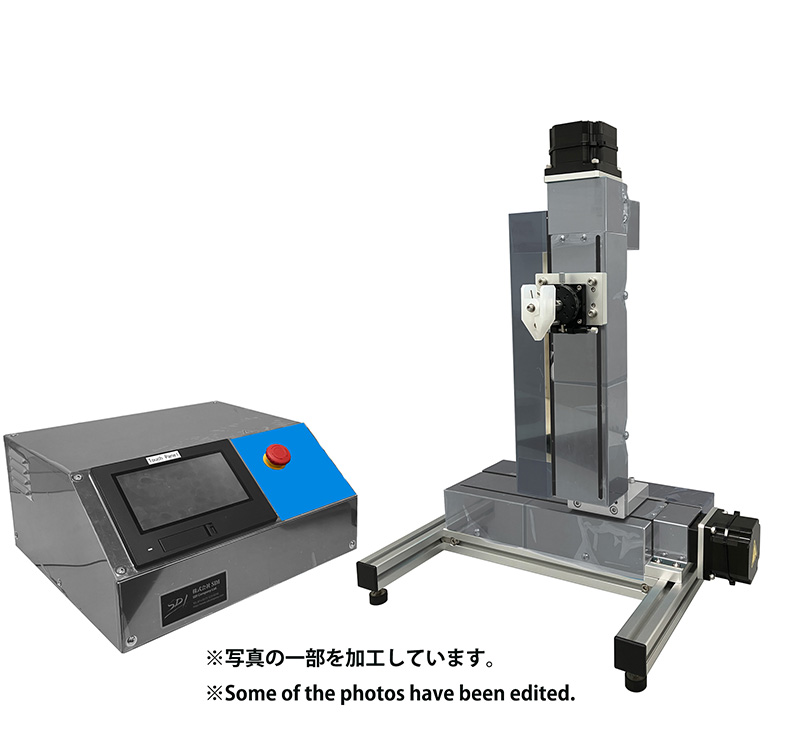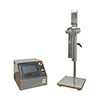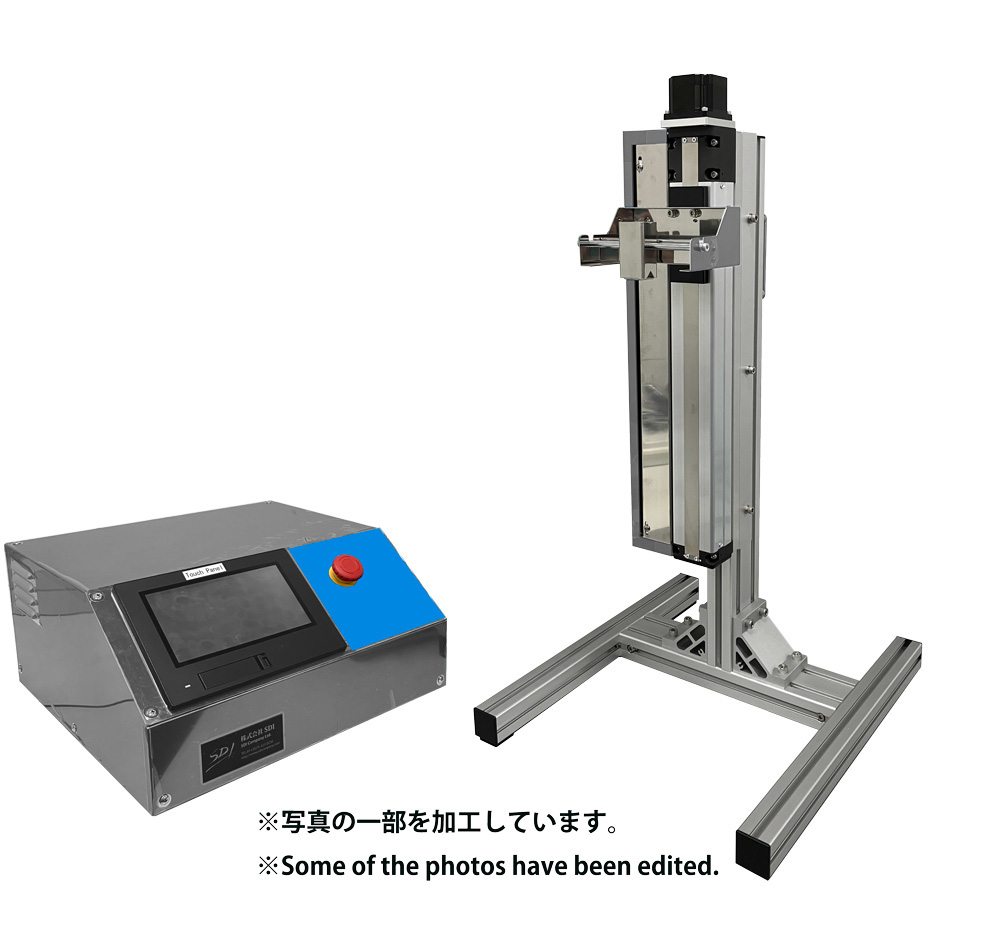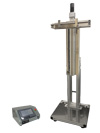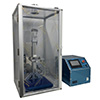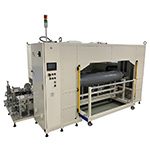Machine Translated by Google
Thin film fabrication on porous materials using a dip coater The thin film is coated to porous materials using dip-coater
Eintesla Central Research Institute
[background]
In recent years, the "sol-gel method," which uses metal alkoxide as a starting material to create a solid thin film by hydrolysis, has attracted attention, and the liquid phase method has also been reconsidered as a technology for forming functional solid thin films. In response to this, our company developed a dip coater that enables constant lifting at micro- or nano-order speeds, and has contributed to the development of thin film formation technology by selling it to many research institutions. Here, we used this dip coater to coat a three-dimensional foam metal with a photocatalytic sol, attempting to improve efficiency and exploring the potential of the dip coater.[Experimental Method]
The base material is a metal foam (Mitsubishi Materials Corporation, Cu) and a photocatalytic sol (Photocatalysis Laboratory Co., Ltd., PSA-015).Then, the sample was immersed in the solution and coated with a dip coater for experiments sold by our company (product name: Nano Dip Coater, The thin film coating on the base material surface was measured by pulling the sample vertically upward at a slow and constant speed using a ND-0407.
The sample was then subjected to a Hitachi tabletop microscope (Hitachi High-Tech Corporation, TM-1000).
SEM photographs were observed using the SEM.
[Results and Discussion]
A Cu metal foam with a nominal pore size of 600 μm was immersed vertically in the high-temperature calcined photocatalytic sol. Next, a film was produced by pulling the metal foam at a speed of 1.0 μm/s using a nano dip coater. Figure 1 shows an SEM image of the metal foam produced in this way. It can be seen that a thin film was coated on the terraces on the Cu metal foam surface, which has a three-dimensional structure. In addition, it was confirmed that the sol solution was also coated on the pores of the metal foam, which suggests that the solution penetrated into the pores and coated the inner wall surfaces with a thin film evenly.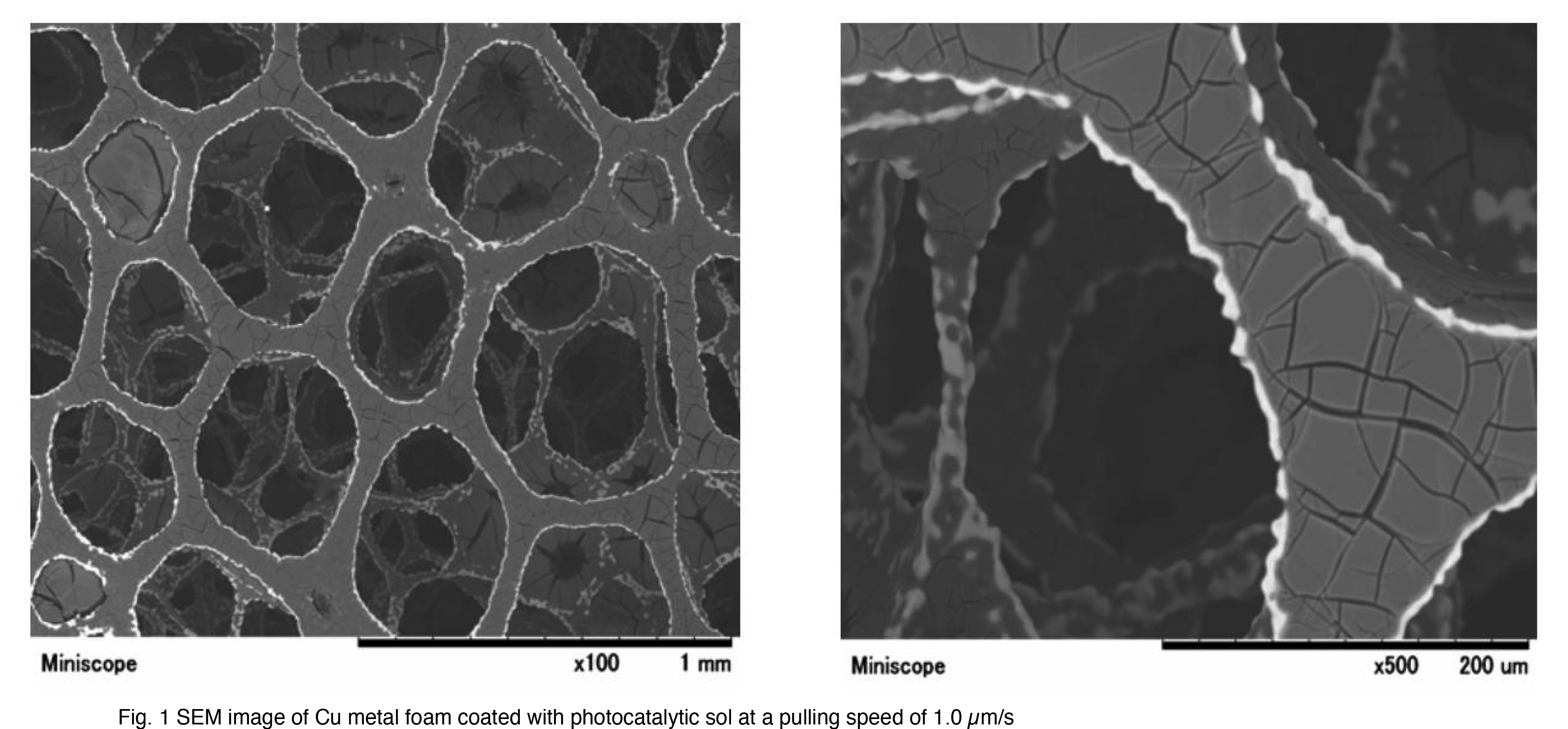
[Conclusion]
The Nano Dip Coater ND-0407 developed by our company can coat the surface of foam metal with complex shapes.It was found that this method is effective for forming a uniform thin film on the inner surface of deep pores.
It is expected that functional electrodes, filters, sensors, etc. can be produced and commercialized at low cost.
In this method, the film thickness can be adjusted by controlling the viscosity of the solution and the substrate pulling speed.
Therefore, in the future, we will investigate the production of thin films with controlled thickness and the liquid composition and operating conditions.
We will also investigate the effect of the regular arrangement of different types of particles on the structure of the substrate.
We also plan to start working on creating various types of foamed materials by using combinations of fine particles.
 Japanease
Japanease English
English






